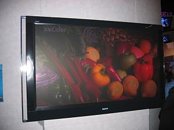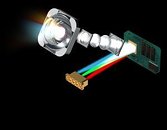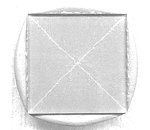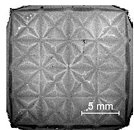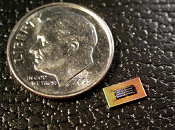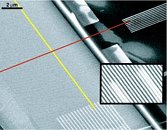Scientists Find New Way to Immerse Gamers: Electric Shocks
Game developers know that it's pretty hard to get gamers into the game sometimes. While some developers create intense graphics, and others create a brilliant/original storyline, scientists are working on an out-of-the-box approach to immersion. In a controlled experiment, scientists made gamers play Pac-Man...with a twist. Whenever a ghost kills Pac-Man, the gamer gets an electric shock in the real world. The results were astounding and unexpected. Whenever a ghost approached Pac-Man, the gamer got scared. As the ghost got closer, gamers brains stopped thinking logically, and started acting on instincts. While this experience does get the gamer into the game, chances are electrodes will not become the next vibrating controller.



